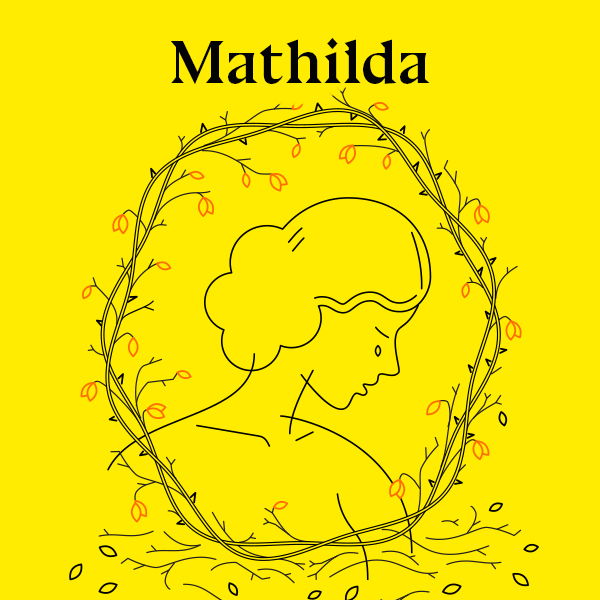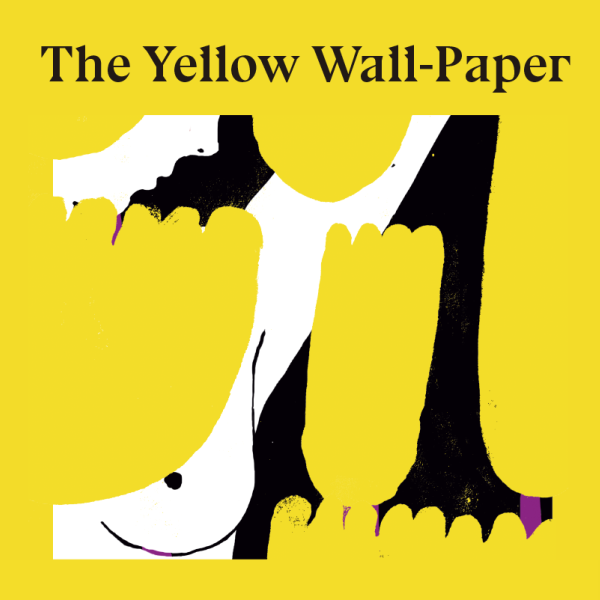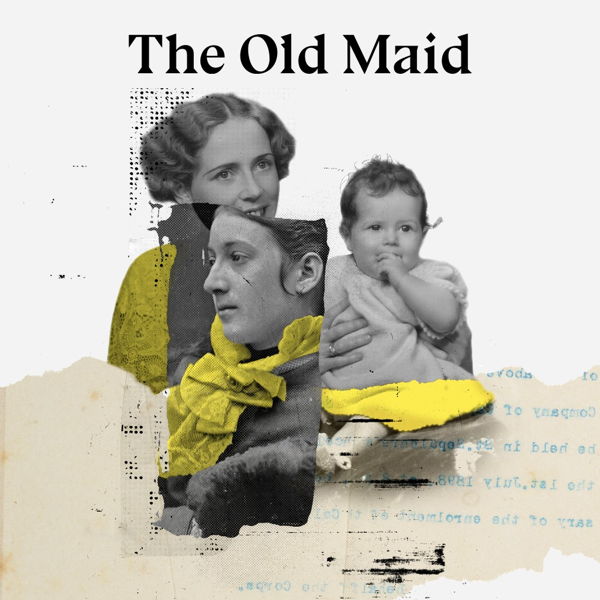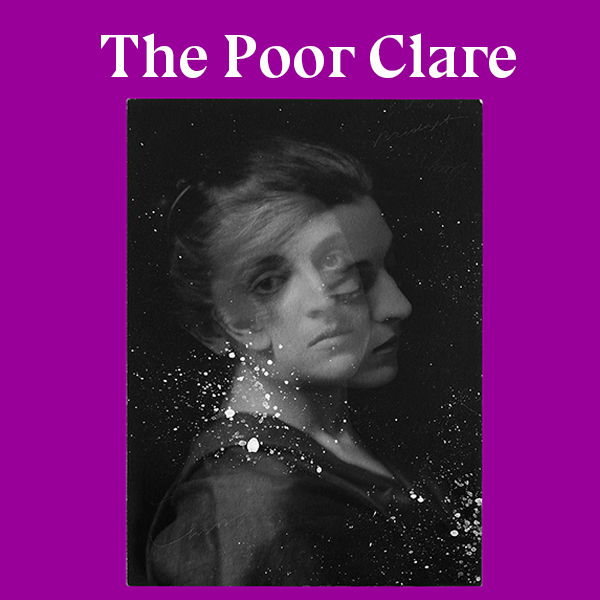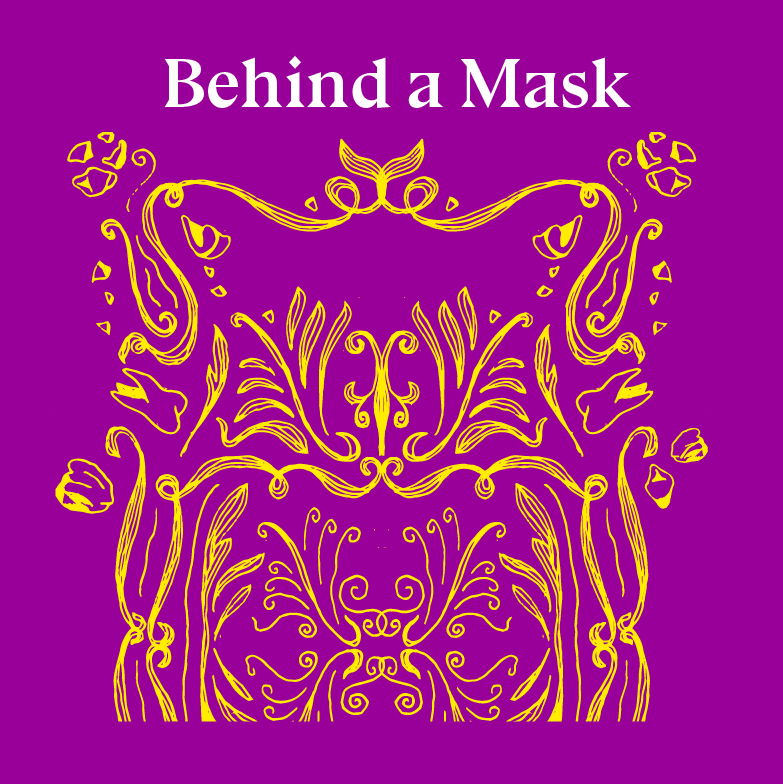
Behind a Mask is one of the thrillers, mysteries, and sensational works Louisa May Alcott published under the pen name A.M. Barnard. It was first published in 1866, and then re-published in 1975 by scholar, rare book dealer, and biographer Madeleine B. Stern. Further readership and analysis of the novella has helped expand understanding of Alcott's work and interests. The story subverts expectations around gender performance, class, and heroism as it follows Jean Muir, a down-on-her-luck actress who disguises herself as a young governess and infiltrates a wealthy family.
